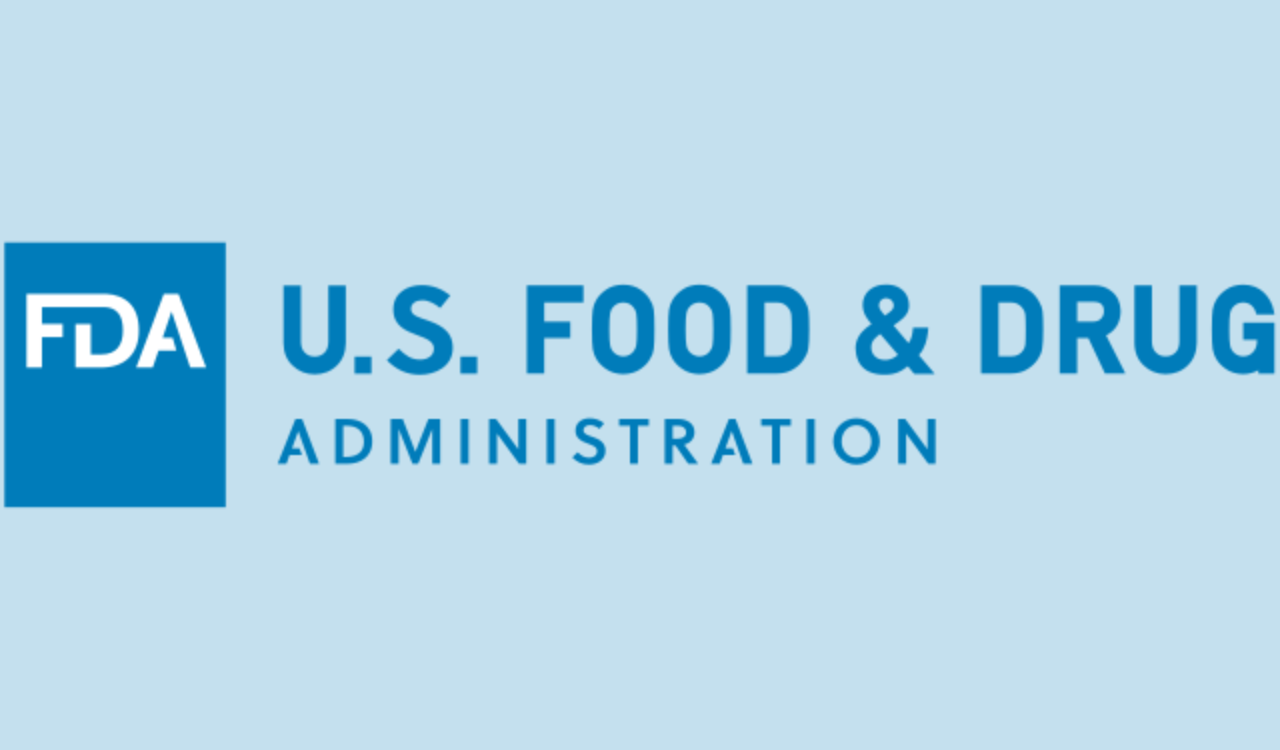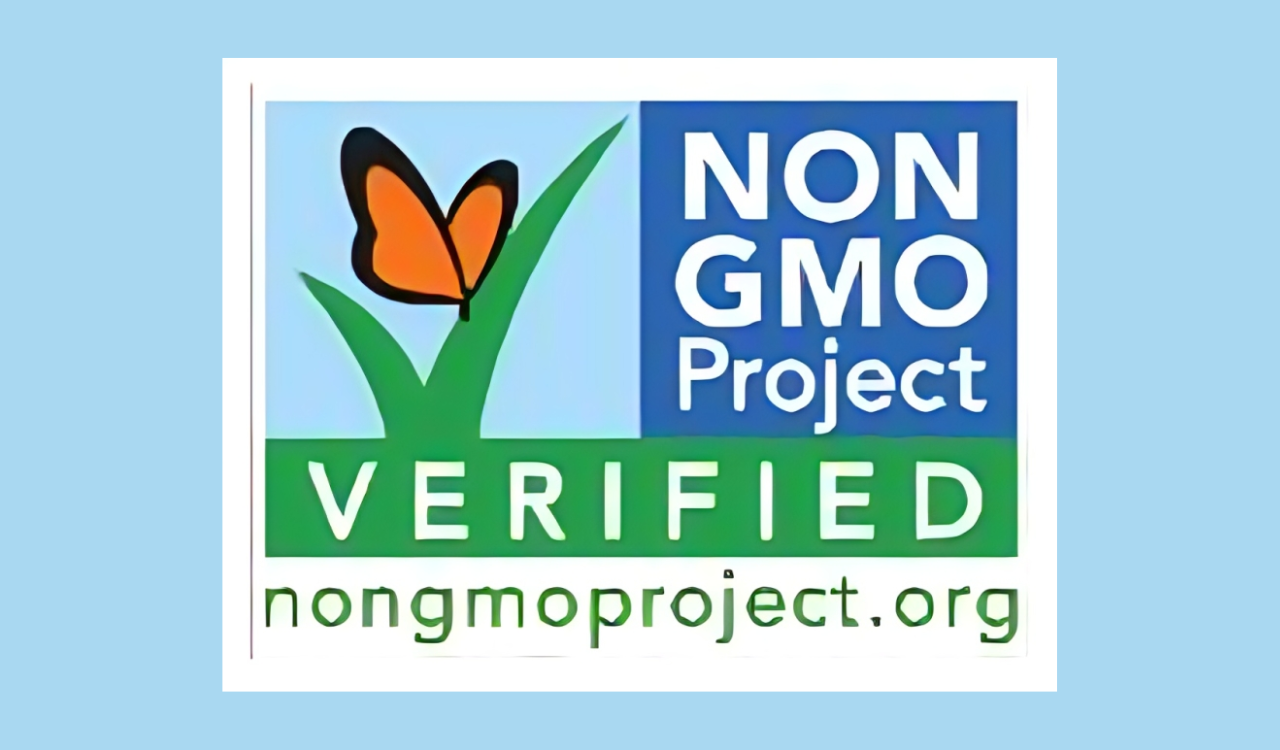8 Ways Food Advertising Changed American Law

In addition to influencing what people eat, food advertising has influenced how governments control what food companies can say. In the last century, misleading food marketing tactics have resulted in lawsuits, public health panics, and significant policy changes that continue to have an impact on our daily lives. The way businesses market food has forced lawmakers to impose more stringent rules on accountability, honesty, and labeling due to deceptive health claims and hidden ingredients. Here are some ways that food advertising has altered American law.
1. The Pure Food and Drug Act of 1906

Food advertisements could say almost anything prior to 1906. False claims were frequently used by businesses to advertise “miracle” products that were laden with dangerous ingredients. The Pure Food and Drug Act, which forbade deceptive labeling and required the disclosure of specific additives, was the result of public outcry following exposés such as Upton Sinclair’s The Jungle. The foundation for later consumer protections and regulatory organizations like the FDA was laid by this first significant federal law that restricted the speech of food advertisers.
2. The Rise of the FDA’s Oversight

In reaction to deceptive food marketing, the Food and Drug Administration (FDA) was given more power. The 1938 Food, Drug, and Cosmetic Act, which increased FDA authority, was the result of misleading advertisements in the 1930s about “vitamin-rich” foods and “cure-all” tonics. Food had to be properly marketed and safe from that point on. With this modification, the focus shifted from penalizing harm after it has already occurred to preventing it through stricter regulation of food labels, health claims, and ingredient transparency.
3. Crackdowns on Misleading Health Claims

Advertisers often made claims about their products’ ability to improve performance, help people lose weight, or prevent disease throughout the late 20th century. The FDA and FTC launched a crackdown as a result of these frequently inflated or wholly unsubstantiated claims. Food companies are now required by law to provide scientific evidence before claiming that their products are healthy. Because of this, terms like “low-fat,” “heart-healthy,” and “immune-boosting” have to adhere to stringent legal definitions, which has changed how businesses present their goods in advertisements.
4. Introduction of Nutrition Facts Labels

Prior to the early 1990s, nutrition information on food packaging was frequently ambiguous or lacking. The Nutrition Labeling and Education Act of 1990 was a result of public pressure for transparency. This law mandated that a standardized “Nutrition Facts” label be included on the majority of packaged foods. It restricted the way in which foods could be promoted, particularly with regard to their nutritional value and health advantages. These labels have since been used by regulators and consumers to identify deceptive marketing and hold businesses responsible.
5. Regulation of Children’s Advertising

In the past, advertisements for fast food and sugary cereals frequently targeted children. Concern over deceptive marketing increased along with childhood obesity and health problems. The FTC’s attempt to outlaw junk food advertisements directed at children in the 1970s was unsuccessful. But by the 2000s, networks and brands were being forced to self-regulate due to growing evidence. Stricter ad regulations, particularly online, have surfaced, though they are not yet laws. Proposals for policies pertaining to marketing to minors are still influenced by public concern and legal pressure.
6. GMO Labeling Laws

For many years, there has been intense discussion about genetically modified organisms, or GMOs. Many food advertisements misled consumers by failing to disclose GMOs or by labeling products incorrectly. Legal disputes and, ultimately, the National Bioengineered Food Disclosure Standard in 2016 resulted from this misunderstanding. It limits the advertising of bioengineered foods by requiring their clear labeling. Growing public demand for truthful labeling and food marketing transparency is reflected in the law.
7. “Natural” and “Organic” Advertising Rules

For a long time, advertisements used terms like “natural” and “organic” in an ambiguous way, confusing consumers. Although the USDA now strictly regulates “organic,” there is still no agreed-upon legal definition for “natural.” Lawsuits and consumer advocacy, however, have compelled businesses to exercise greater caution. Due to court rulings prohibiting deceptive use of these terms, agencies now caution businesses against misleading consumers. Food advertisements that use these buzzwords are therefore now subject to increased legal scrutiny.
8. Social Media and Influencer Disclosure Laws

Social media platforms have seen a significant increase in food advertising in recent years. Influencers frequently advertise food items without explicitly mentioning their paid affiliations. The Federal Trade Commission (FTC) intervened with revised endorsement guidelines as a result of this practice. Brands and influencers must now openly and visibly disclose sponsorships as required by law. This modification helps viewers recognize when they are being marketed to and guarantees that food recommendations made online are truthful.





